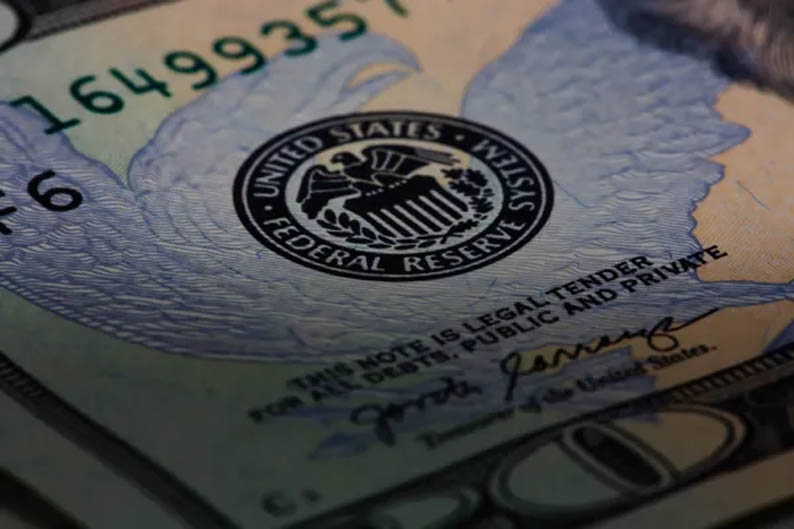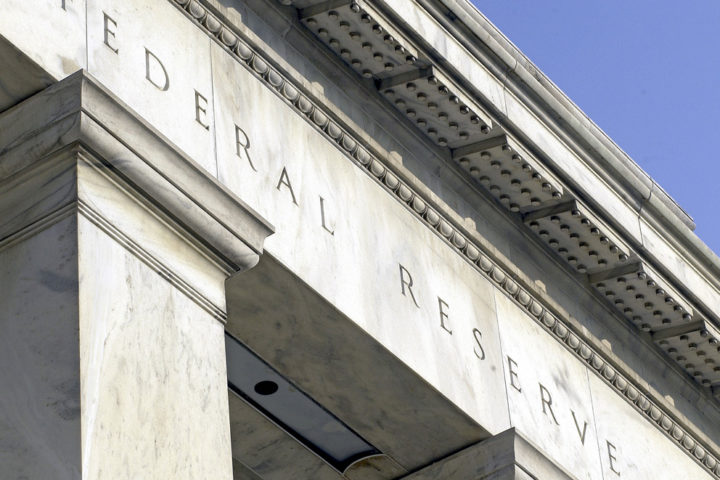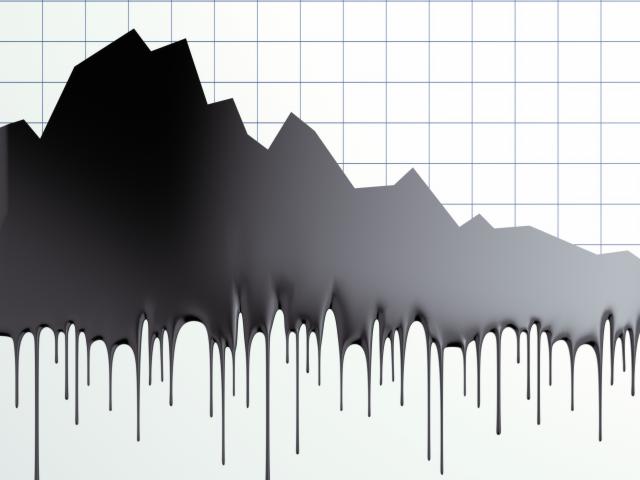By Moody’s Analytics
Borrowing from the Federal Reserve’s emergency facility put in place after the failure of Silicon Valley Bank, the Bank Term Funding Programme, has risen sharply since late November.
Just less than $150 billion in early 2024, the programme’s balance has rapidly expanded after hovering near $110 billion for most of its existence. The facility allows banks to collateralise longer-dated securities at par value with the Fed. This was designed to mitigate the liquidity pressure that arose from holding these discounted securities in early 2023 and spelled the demise of Silicon Valley Bank and a few others.
The BTFP is set to expire in March, a year after it began. The rise in its use of late is not concerning, especially given banks’ steady lending volumes. Instead, some of banks’ increased appetite for the facility is likely owed to their wanting to use its favourable terms before they go away.
Mostly, however, it is a function of banks taking advantage of an arbitrage generated by the BTFP’s pricing. For lending via the BTFP, the Fed charges the one-year overnight index swap rate, which is determined by short-term interest rate expectations, plus 10 basis points.
Throughout most of the programme’s existence, rate expectations were elevated as investors correctly assumed the first-rate cut was more than a year down the road. As the Fed’s tightening cycle matured and inflation came under control, this was bound to drift lower.
However, the dovish tone of December’s FOMC meeting, which convinced investors that 2024 would be full of rate cuts, accelerated the spread between what the Fed was still paying on bank reserves and what it charged for BTFP borrowing.
As of Tuesday, banks can swap securities for par value at a rate of 4.76%. Banks can take those funds and earn interest of nearly 5.5% from the Fed by parking them as reserve balances
As stated, the programme is set to expire in two months. There is little appetite for an extension of the facility given the soundness of the financial system. This is especially true given the programme’s latest utility.
U.S. holiday spending exceeds expectations
The holiday shopping season clearly ended on an upswing. U.S. retail sales in December matched our above-consensus expectations, and the growth leaders included several traditional holiday segments. Department store sales soared 3%. Apparel store sales jumped 1.5%, matching the growth of non-store retailers. Less spending was siphoned away to services as restaurant spending was flat and spending at gasoline stations declined.
Core sales—retail sales excluding gas stations and auto dealers—rose about 1 percentage point faster than our early-fall forecast, and most other aggregates outperformed by a similar amount.
Many traditional holiday segments, including general merchandise and apparel stores beat expectations even more strongly. However, some of the growth came at the expense of non-store retailers—online sellers—whose growth lagged expectations.
For the fourth quarter as a whole, several holiday segments were among the growth leaders. Of course, growth was led by non-store retailers and restaurants as service spending continues to recover. Department stores were a laggard, despite the jump in sales in December as sales had fallen sharply in the prior three months.
Despite besting expectations, the pace of sales growth lagged that of recent years. This is not surprising as growth in recent years was boosted by the reopening of the economy and shift away from service spending that took place during the pandemic.
By pre-pandemic standards, growth was good but not great. It modestly bested the average in the years leading up to the pandemic at least by some measures, but only modestly, and some if not all of the excess came from price rather than the amount of merchandise sold.
It is also easy to overemphasise a few months. For 2023 as a whole, the performance of most holiday segments was below par.
Department store sales fell for the year and apparel stores eked out only a small gain. Even non-store retailers, with growth lagging both restaurants and drugstores, were not the growth leader among major segments as they frequently are.
This year will be another tough one for retailers. The shift back to more service spending will continue, even if it is slowing, sales will get even less support from rising goods prices, and job and income growth will slow. It would not be a surprise if a year from now retailers look back fondly on the 2023 holiday season.








